How to find affordable rough shooting
Robin Scott investigates how to find affordable roughshooting and what it costs
Win CENS ProFlex DX5 earplugs worth £1,149 – enter here
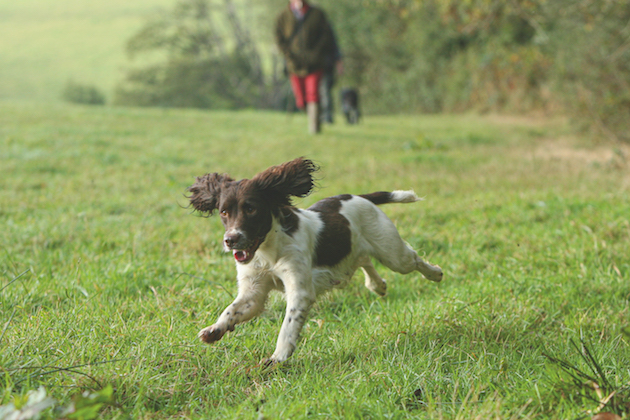
Q: I have a young spaniel, and when hunting along hedgerows he always pulls ahead and sometimes gets through to the other side — a couple of times he has run off. As I plan to do a lot of rough shooting with him, this is something that I really need to sort out. Can you please give me some advice?
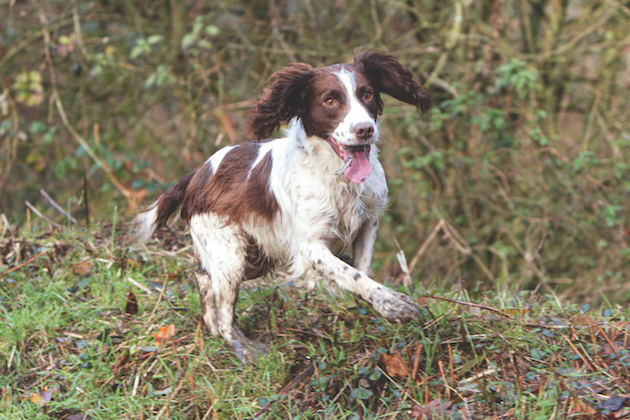
Keep close contact with your dog at all times when hunting a hedgerow
Hunting along hedges with a spaniel can be one of the most frustrating elements of hunting with a gundog, but it can also be very productive. Hedges offer both food and shelter to many quarry species, but they also function as “creature highways”. To work a hedgeline efficiently takes teamwork — not only does the dog have to be well trained, the handler will need some idea of how wind direction and scent can affect the way the dog hunts. You will also have to concentrate on the dog at all times, particularly if there is game running on ahead.
By far the biggest potential problem when working a hedgerow is that the dog might pull on in front of you and, before you know it, it’s flushing birds 60 yards away. Gamebirds, especially pheasants, would much rather run than fly. As a consequence, the bottom of the hedge will hold a lot of foot scent and it is this that encourages the dog to work out of range.
Dogs prefer to work into the wind, so if you have a crosswind blowing away from you through the hedge, the dog will try to get on the far side so that it is hunting with any scent being downwind. If the wind is blowing away from you up the hedgeline, the dog will naturally want to pull on ahead and work back to you into the wind.
Hedges with a ditch in the middle are the most difficult. The dog will inevitably get in to the ditch and be off like a train on a rail. The chances are that you won’t be able to see where it is until you get a flush of birds many yards in front. In this situation, keep your concentration and contact with the dog.
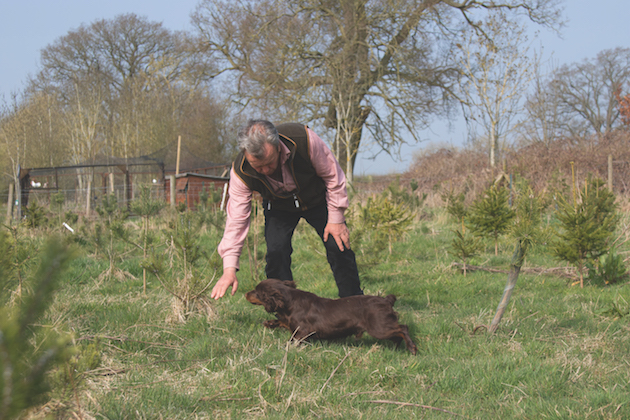
1. From the outset, a sound recall to the whistle is paramount in gundog training, and this can be started at a very young age. A couple of pips on the whistle at feeding time can help to condition a puppy that something good is going to happen when it hears it. This is something that will pay dividends as the dog gets older and you start to hunt it.
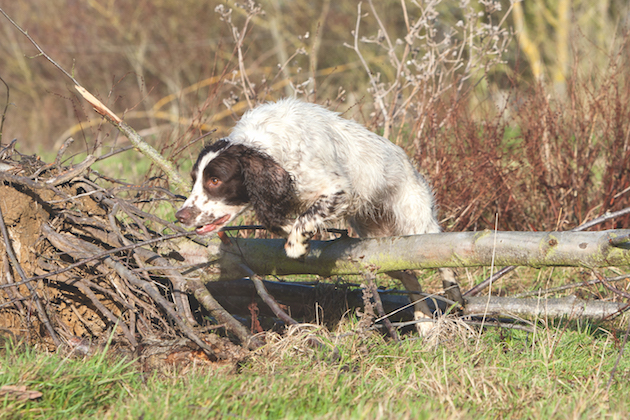
2. Whenever possible, work the downwind side, as this will encourage the dog to stay with you. Don’t push on too quickly. Let the dog hunt about 10 to15 yards in front, then whistle it back to you and encourage it into the cover. The idea is to form a “stitching pattern”.
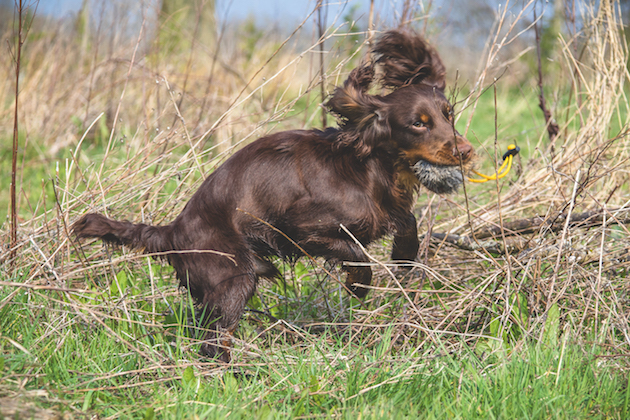
3. In the early days, you should have got your puppy used to tennis or rabbit fur balls. Drop one in the bottom of the hedge and when you encourage the dog back into the cover, it will find it and be rewarded. This will help to reinforce that not only will the dog get something good when it comes back to the whistle, but it is finding something close to you, its handler.
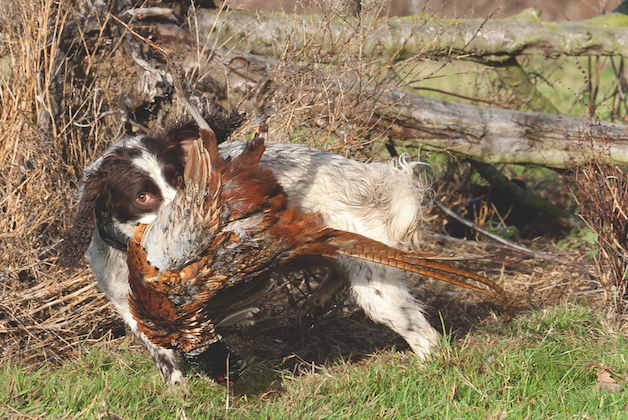
4. Do not walk alongside the hedge as it limits the angle from which you can see the dog; it also limits your ability to take a shot should a bird be flushed on the far side of the hedge. If you walk a few yards away from the hedge, you will be able to see the dog more easily. If there is a ditch in the middle of the hedge you need to keep tighter control on the dog, especially if there are birds running along the bottom. Shorten the distance you allow the dog to hunt in front of you.
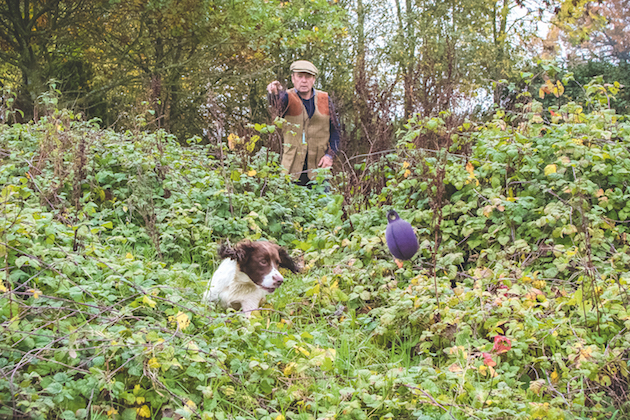
5. It is good to practise sending your dog through a hedge to make a retrieve. Often a bird will flush and flick over the hedge to the far side. If you manage a shot, the bird can land out of sight, which can be a challenging retrieve if the dog doesn’t get a mark. Start with seen retrieves on an open area of hedge and, as the dog gains confidence, gradually build up to a thicker area and then blind retrieves.
Robin Scott investigates how to find affordable roughshooting and what it costs
A: First, find a gundog club by visiting The Kennel Club. This will have details of location, area of operation and what…
Get the latest news delivered direct to your door
Discover the ultimate companion for field sports enthusiasts with Shooting Times & Country Magazine, the UK’s leading weekly publication that has been at the forefront of shooting culture since 1882. Subscribers gain access to expert tips, comprehensive gear reviews, seasonal advice and a vibrant community of like-minded shooters.
Save on shop price when you subscribe with weekly issues featuring in-depth articles on gundog training, exclusive member offers and access to the digital back issue library. A Shooting Times & Country subscription is more than a magazine, don’t just read about the countryside; immerse yourself in its most authoritative and engaging publication.

